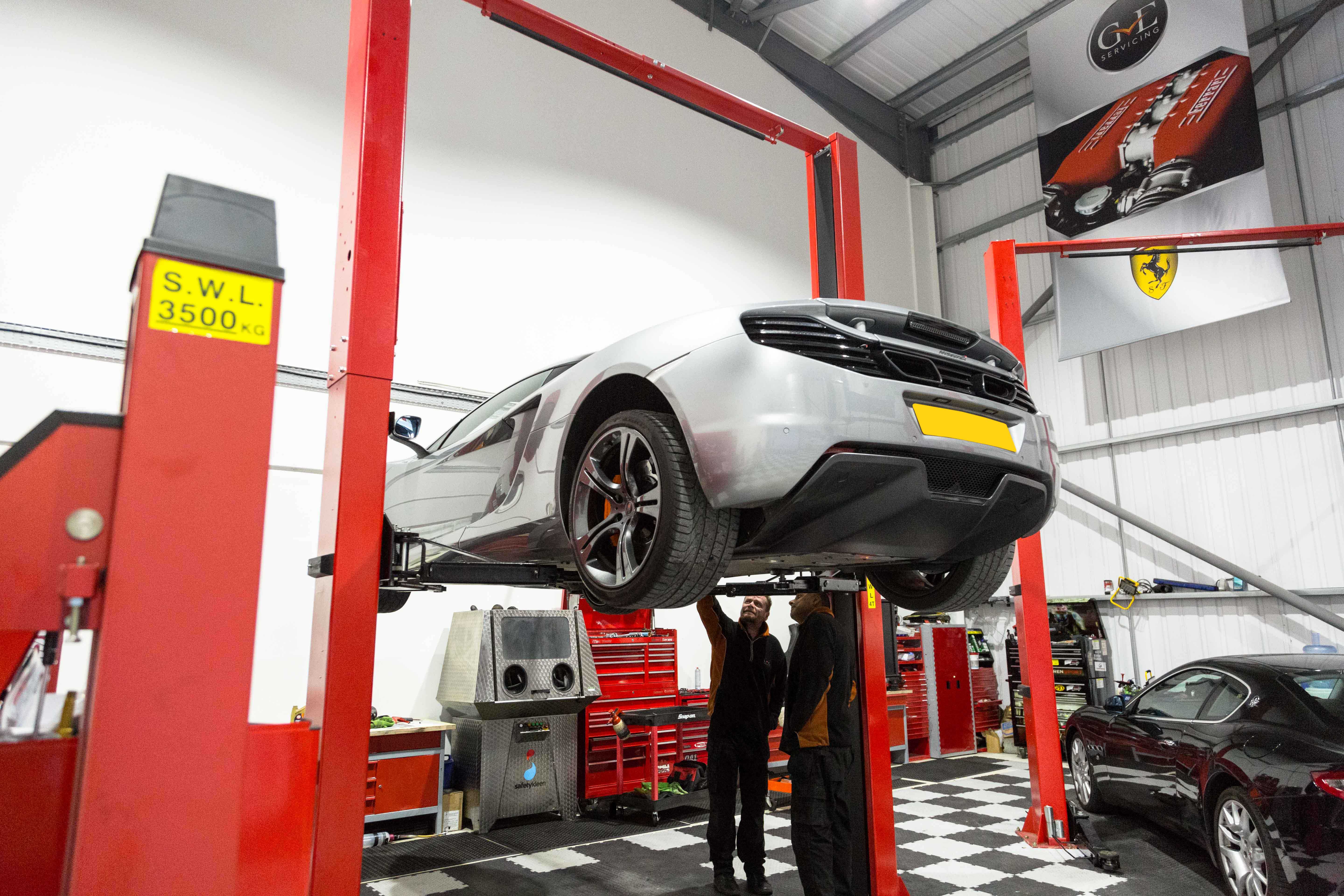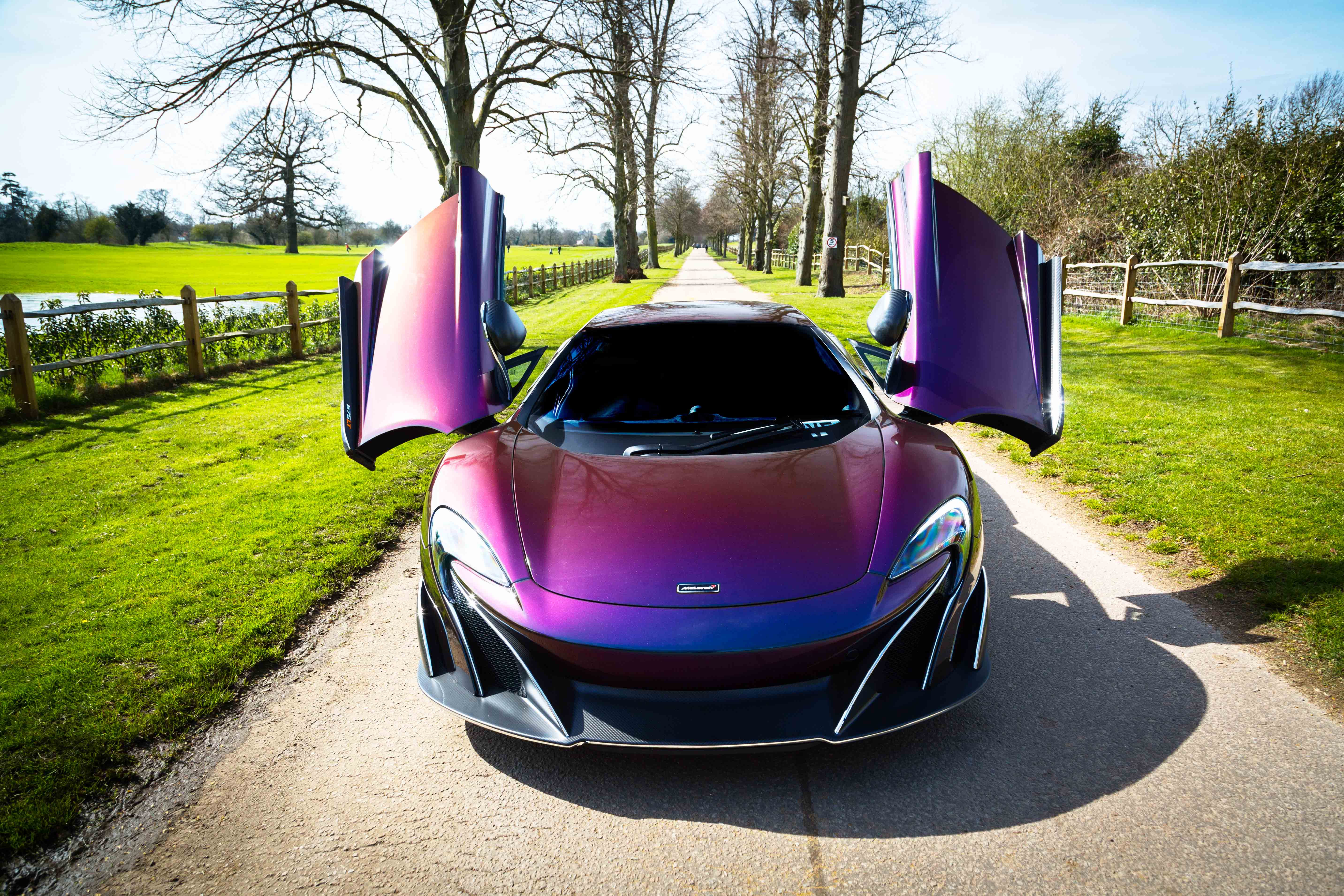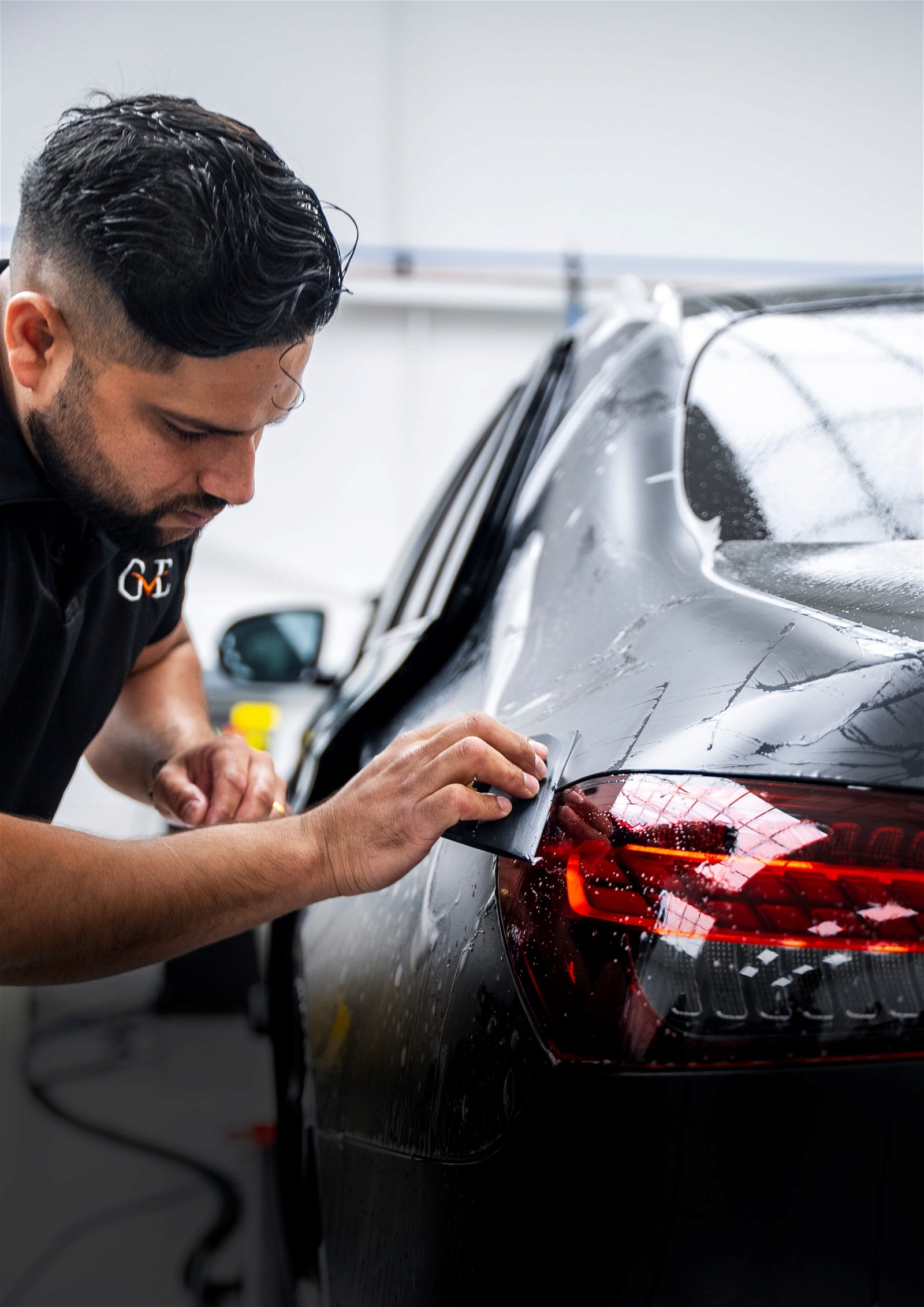
Porsche 911 Targa 4S first drive review
The new 911 Targa, the open-top Porsche for those who prefer their fresh air to come with additional bodywork.
Since the 993, the manufacturer has favoured a sliding roof mechanism for its least-seen model, which wholly preserved the car’s sweeping roofline; now, in a seismic (for Stuttgart) design rejig, the B and C-pillar are ditched altogether, replaced with a roof bar and wraparound rear window.
For 911 devotees, the conceptual homage will be obvious enough. The original ’67 Targa – Porsche’s response to potentially stringent US safety regulations on convertibles – possessed the same combination of rollover hoop and panoramic (foldable in this case) rear window, features which remained familiar until the mid ’90s.
Of course, this being Porsche in 2014, things are now rather more sophisticated than manually removing extraneous items on a sunny day. Now, the expensively fettled roof is made of two moveable parts: the soft top and the rear window – the latter peeling away in stage one to allow the former to retract over the Targa bar and stow itself away behind the rear seats.
Below the window line, the car is a little simpler. It shares virtually all its underpinnings with the standard 911 cabriolet, and, characteristically, is only available with Porsche’s all-wheel drive system – meaning it gets the 4’s wider body.
Elsewhere in the line-up, the starter model receives a 345bhp 3.4-litre flat-six and seven-speed manual, while the 4S – driven here with the optional PDK – features the 394bhp 3.8-litre version and will cost from £96,316 when it arrives in May.
What is it like?
Porsche’s bumf describes the opening and closing of the Targa’s roof as a real spectacle. That it is. The problem of stowage – inherent in the car’s shape and glasshouse – is solved by a magic show of motors, pivots, supports, panels and gizmos. There’s plenty of time to admire Porsche’s ingenuity, too; the packaging process takes almost 20 seconds – easily long enough to make you nervous of attempting it while sat at traffic lights.
There’s no cheating either in this regard. So hefty is the rear section that it cannot be unfolded even at a crawl; if you want anything more than warning beeps to sound, the Targa must be stationary.
Even then, the car behind you may have pulled too close: the system’s real estate requirements beyond the rear bumper are programmed into the parking sensors so you might be spared a potentially embarrassing insurance claim.
So there are limiting factors at work here. But, conspicuously, none come to mind when you’re within gawping range of the new model. The previous few generations of Targa, for all their hatchback practicality and functional simplicity, were a determinedly anonymous breed; the new version, with its fabric roof tidied away to reveal the evocative profile, is as visually debonair as the 991 currently gets.
The cutaway shape, and that Alcantara-clad Targa bar, means the interior comes not only with an added aura of security – as was always intended – but also the pleasing sensation of feeling only partially exposed to the elements and pedestrian curiosity.
While the cabin is not spared from a significant slice of the airflow (even with the standard air deflector located above the windscreen it gets seriously turbulent on the motorway), big speeds do not come with the same sense of vulnerability or public indecency as they do in the cabriolet. Moreover, lid up, its refinement is first-rate.
The driving experience, though, is not dramatically different. The Targa’s additional bodywork – particularly all that laminated, heated glass – amounts to a 40kg weight penalty over its open-top stablemate (making it a full 110kg distant from the coupé). Most notably this further blunts the car’s ability to overcome the flat-six’s natural lethargy below 5000rpm, making it seem a far bulkier prospect at cruise than it does when being wrung out.
Porsche has introduced rebound buffer springs front and back, and retuned the suspension to take account of the new load, although the aim is clearly to keep the car comfortably well-mannered rather than dynamically incisive. To that end, all-wheel traction and standard torque vectoring magnify the Targa’s competence without significantly amplifying the entertainment.
Porsche 911 Targa 4S
Price £98,704; 0-62mph 4.6sec; Top speed 184mph; Economy 30.7mpg; CO2 214g/km Kerb weight 1575kg; Engine Flat-six, 3800cc, petrol; Installation Rear, longitudinal; Power 394bhp at 7400rpm; Torque 324lb ft at 5600rpm; Gearbox Seven-speed dual-clutch
Source: Autocar.co.uk
RECENT POSTS
SERVICES
Contact Us
"*" indicates required fields








